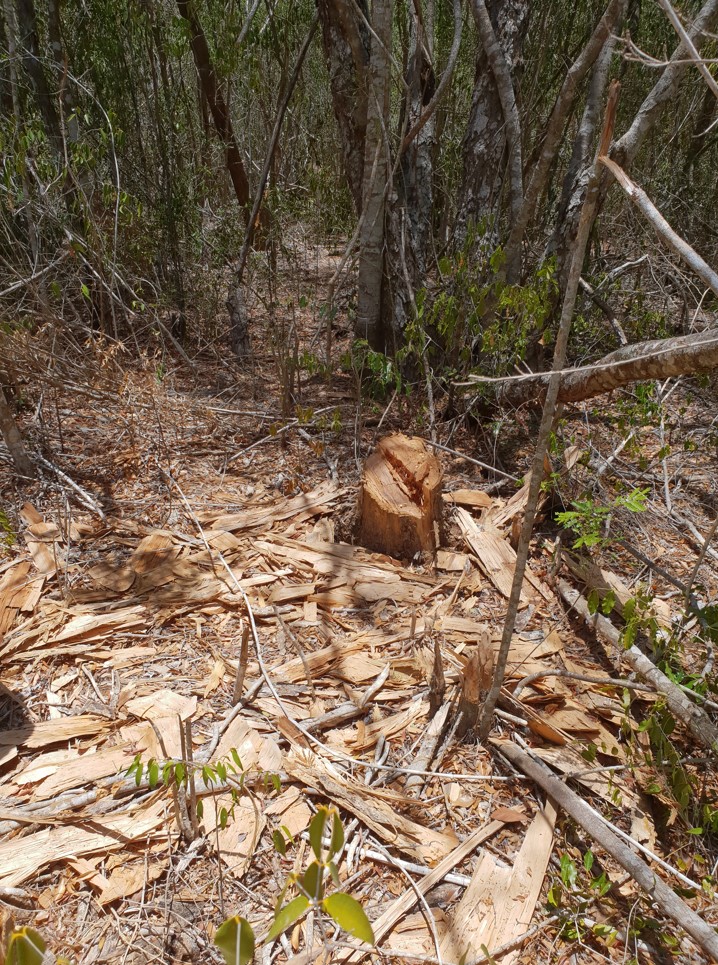Wood Trade
Wood is a renewable, climate-friendly and versatile product and is increasingly being used is applications such as construction, energy generation and fiber production for textiles. In doing so, it replaces other non-renewable products and contributes to a more sustainable economy. This is necessary to counter global threats to biodiversity, climate and the environment. For example, global use of wood and wood products is expected to increase by 37% by 2050 (FAO, 2022). To keep wood production itself also sustainable, without, for example, further deforestation as a result, it is necessary to make correct quantitative estimates and apply strict regulations.
However, a large portion - 15 to 30% - of the global timber trade is conducted illegally, and in tropical regions this can be as high as 90% (Interpol, 2022). Thus, illegal timber trade constitutes one of the biggest international crimes.
In addition, Belgium is important for the international timber trade. Within the European Union, 27.5% of commercial tropical timber enters through Belgium, mainly through the Port of Antwerp. Therefore, Belgium also has an important responsibility to shoulder in the fight against illegal timber trade.
 Example of illegal logging of Dalbergia spp. (Madagascar)
Example of illegal logging of Dalbergia spp. (Madagascar)
Illegal logging in forests
Ecologically, illegal logging poses a threat to biodiversity and environmental protection. However, there are also economic and social consequences.
Governments are financially affected when timber is illegally harvested or transported across borders with evasion of import or export duties. In addition, combating illegal timber trade represents an additional cost. Globally, illegal timber harvesting causes a 7% to 16% drop in the price of wood and wood products.
Socially, illegal timber harvesting poses a great risk to local people. It is often an important source of income, but this income goes primarily to companies and their employees and only a small part reaches the local population. In addition, this impoverished group is also exposed to exploitation and oppression by landowners.
International regulations combat illegal timber harvesting and restrict or prohibit trade on endangered timber species. Several instruments are in place to ensure sustainable and legal timber production, such as the European Union Timber Regulation (EUTR), Forest Law Enforcement, Governance and Trade (FLEGT) and, in particular, the Convention on International Trade in Endangered Species (CITES).
Regulations
Enforcing the instruments against illegal timber trade amounts to conducting inspections including species identification. This is part of due diligence that importers must also comply with. However, there is a global shortage of control facilities to counter illegal timber trade. The enormous scale of this issue is the reason for the launch of this new forensic expertise center for timber identification in Belgium.
Through species identification, ENFORCE can determine when traded timber falls under CITES regulations, for example. The three appendices of CITES determine the level of restrictions in international trade applied to a species. Appendix 1 lists the most endangered species and prohibits all international trade except for scientific research. Appendix 2 lists species that are not currently threatened with extinction but may become so without regulations in trade. In addition, lookalike species (species that resemble an endangered species when traded) are also added there. Appendix 3 includes those species that a Party applies to CITES for regulation and where the Party needs the cooperation of other countries to prevent overexploitation of the species.